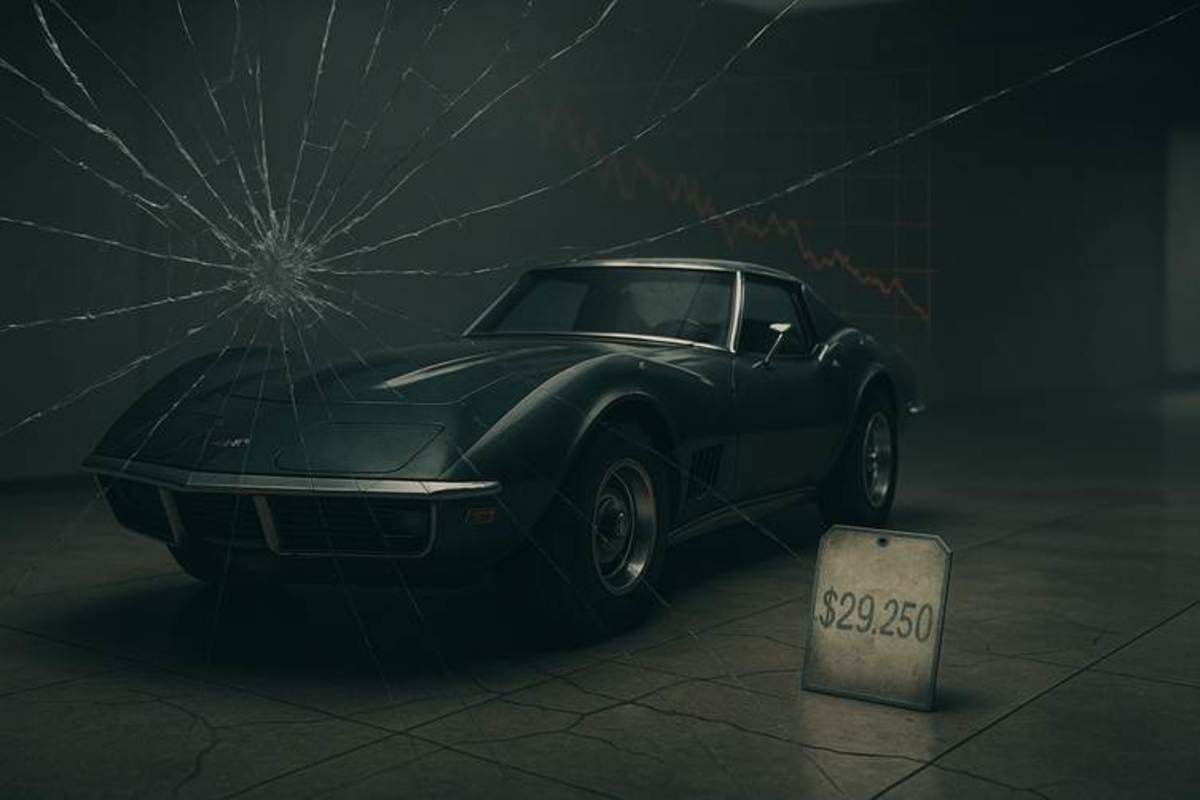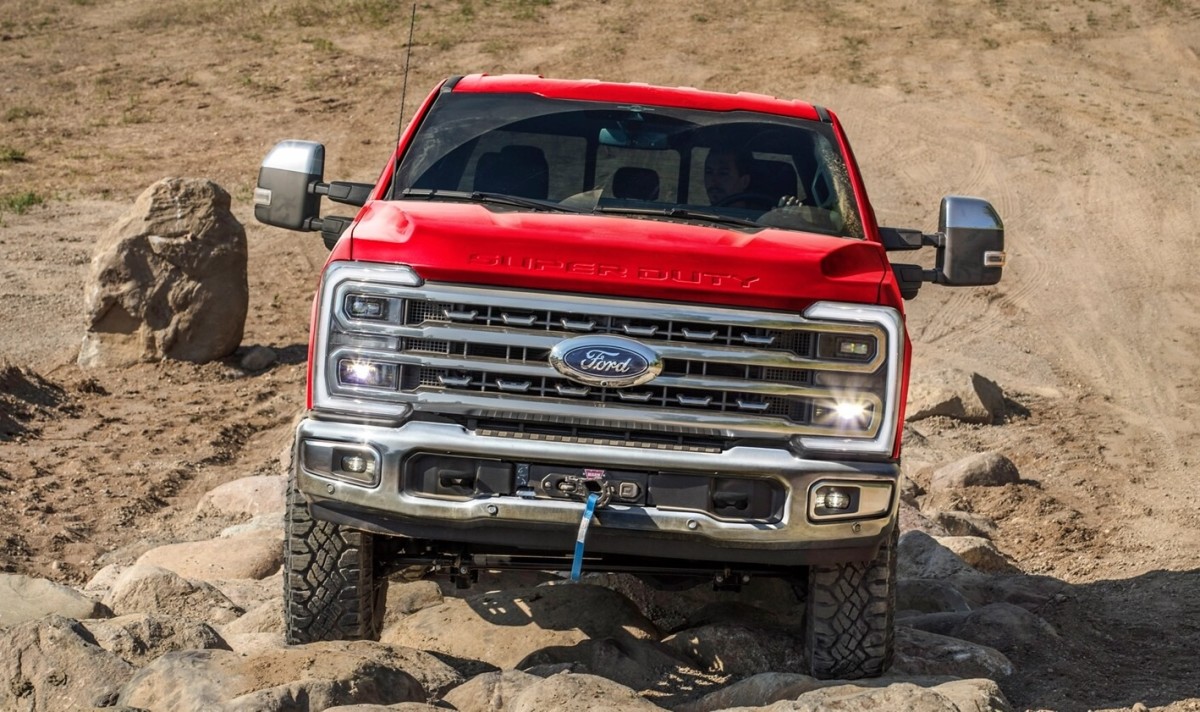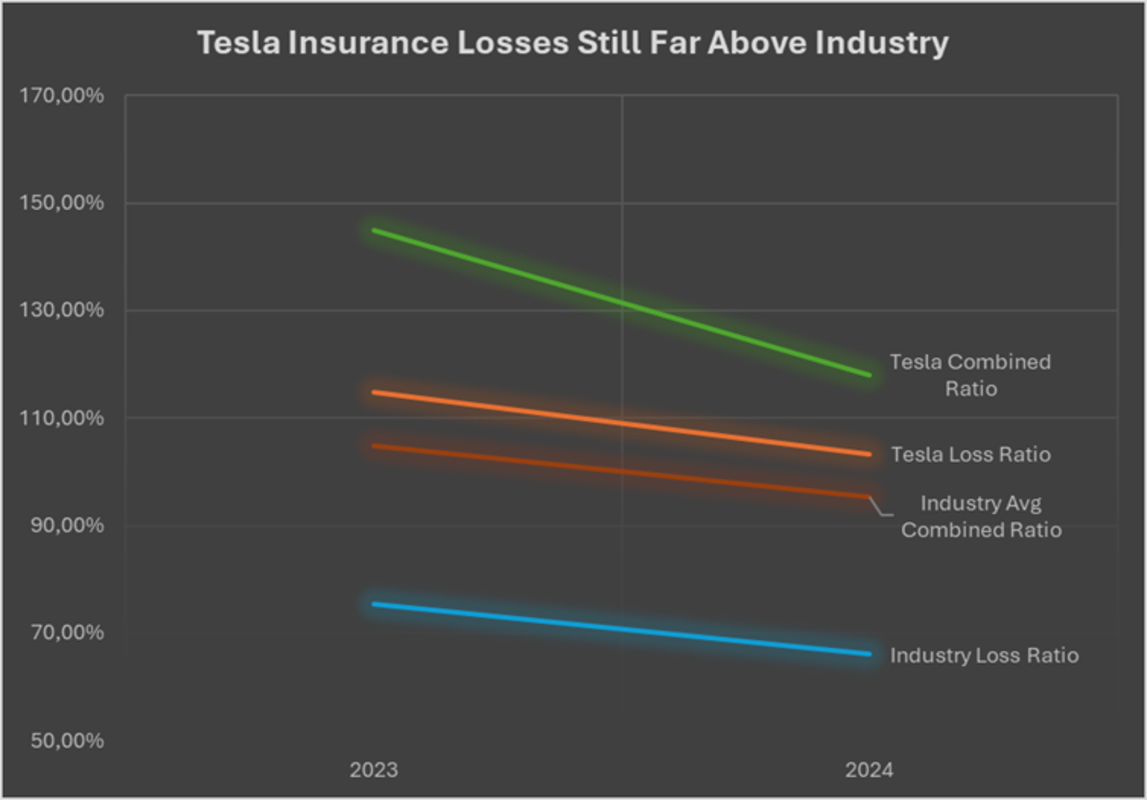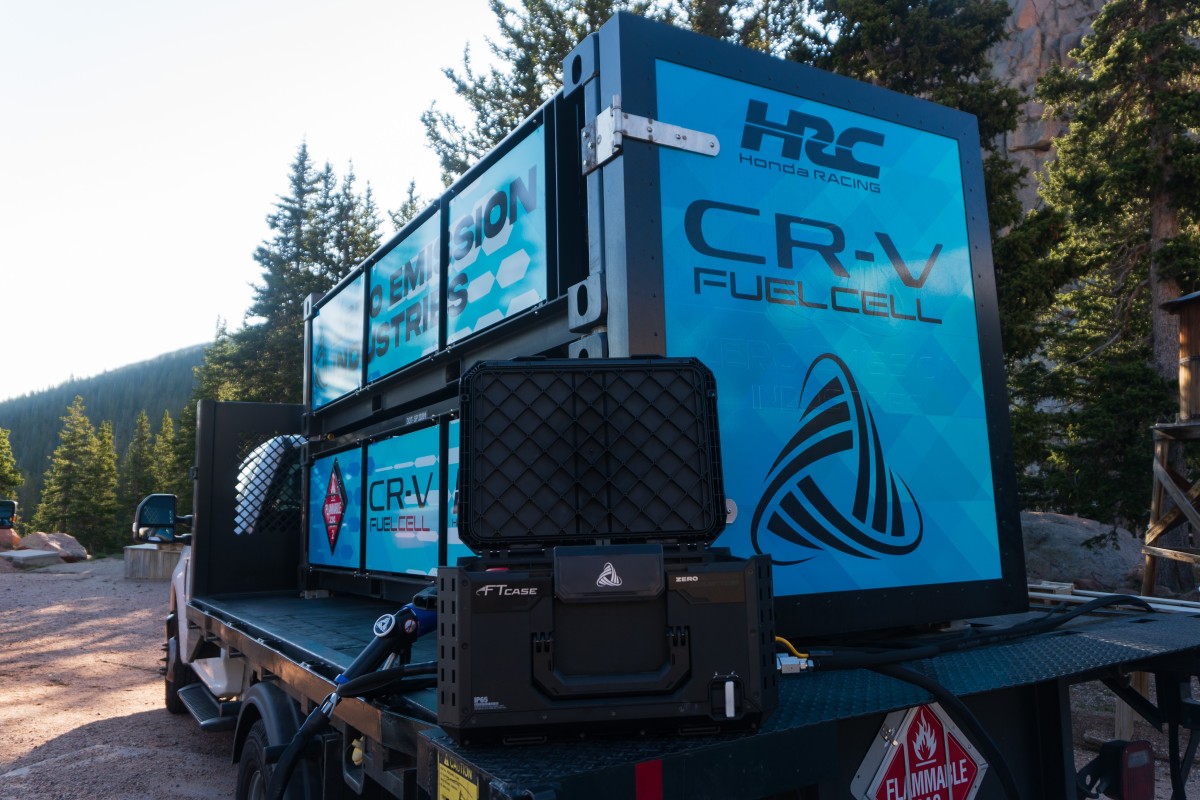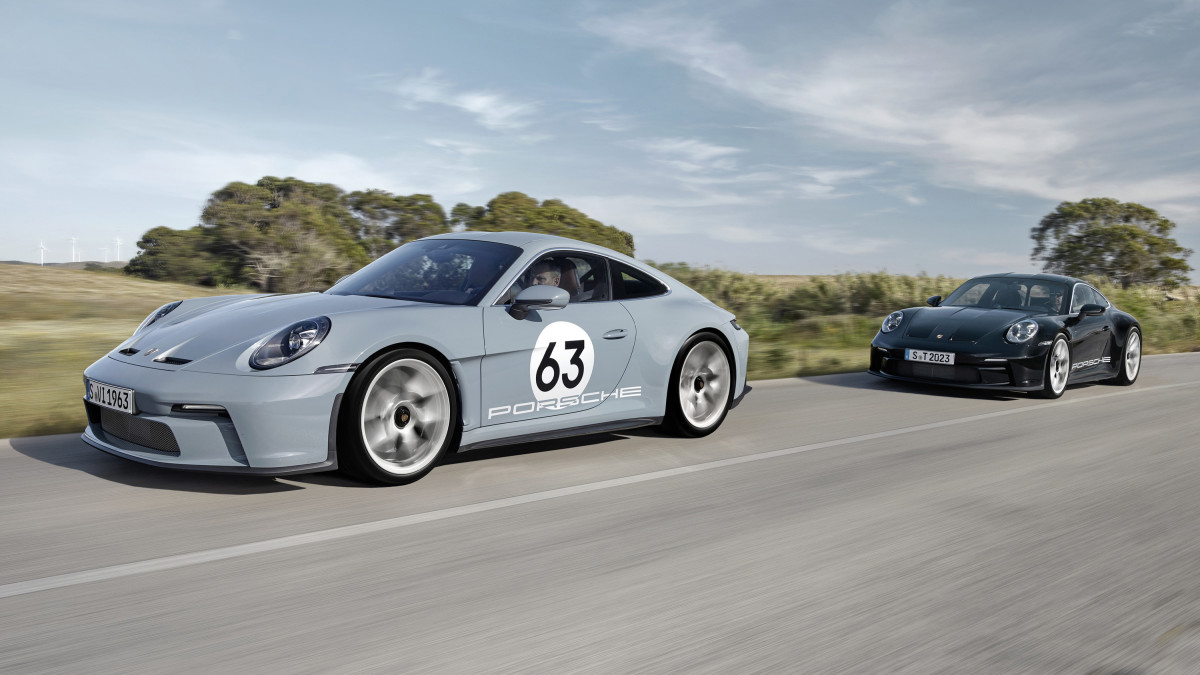What’s Driving the Decline in Collector Car Values?
The collector-car market’s pandemic-fueled boom has eased, with median sale prices down about 20% from late 2022 highs to roughly $27,800 (Hagerty Market Index, May 2025). This signals that even cherished classics aren’t immune to shifting demand, rising costs, and regulatory uncertainty. For car buffs, this cooling phase offers chances to acquire, enjoy, and maintain vintage rides more affordably.
Several interrelated factors have contributed to the downward pressure on values:
Tighter Tax and Estate Scrutiny
Tighter tax and estate scrutiny means that high-value assets attract more attention from IRS and local tax authorities. Some owners choose to sell or simplify their holdings earlier than they might have in a looser tax environment, adding supply and pressuring prices.
Demand Surge Correction Post-Pandemic
The extraordinary surge in demand during 2020–22—fueled by extra savings, limited travel options, and heightened online auction activity—has naturally corrected as those conditions recede. As pandemic-era fervor fades, bidding intensity softens and buyers become more selective.
Rising Ownership and Maintenance Costs
Ownership costs continue to rise: storage fees have been climbing at roughly 6% per year, with climate-controlled barn space that might once have been $200–$300 per month now approaching $350–$400 monthly. Insurance premiums and maintenance budgets are also on an upward trajectory, which collectively pressures owners of multiple cars to reconsider or offload vehicles rather than expanding their collections.
Regulatory and Tariff Uncertainty
Regulatory and tariff risks weigh on market sentiment. While many classics dodge import duties until they reach 25 years old, potential policy shifts could impose tariffs on models that are only now becoming eligible—such as early ’90s Japanese sports cars. Moreover, tightening emissions or safety regulations in various jurisdictions can threaten road legality or increase compliance costs, prompting some owners to sell ahead of new rules.
Thinning Trading Volumes and Adjusted Expectations
Trading volumes have thinned: auction bidding has cooled noticeably. For example, 1967 Ford Mustang Fastbacks that fetched $80,000–$90,000 in 2022 now more commonly trade in the $65,000–$75,000 range. Similar softening of 10–15% appears in markets for 1972 Datsun 240Z and early BMW E30 M3 models. This reduced heat leads sellers to adjust expectations downward.
Shifting Enthusiast Priorities
Finally, enthusiast priorities are shifting. Many younger collectors emphasize hands-on enjoyment — participation in track events, hands-on restoration work, and regular driving — over pure “investment” purchases. This change tempers speculative bidding and encourages buying for use rather than as a store of value.

Real-World Examples
- 1967 Ford Mustang Fastback: Values down ~15–20%; buyers can negotiate prep work (fuel-system refresh, brake rebuilds) into deals.
- 1972 Datsun 240Z: After peaking near $60,000–$70,000, well-maintained examples now sell around $50,000–$55,000. Barn-find projects become more attractive.
- Early BMW E30 M3: Entry-level, higher-mileage cars have softened ~10%, trading in the high $50,000s rather than beyond $65,000. Good-condition models are more negotiable.
- Ferrari 360 Modena & Porsche 997 Carrera: Prices dipped 10–15% from 2021 peaks; buyers can factor maintenance (e.g., IMS bearing checks, service inclusion) into acquisitions.
Actionable Moves for Enthusiasts
Hunt Hidden Gems: Monitor barn finds, private sales, and marque-specific forums. Seek out cars with thorough documentation, matching numbers, and transparent histories.
Negotiate Condition & Extras: Use detailed inspections as leverage. Ask sellers to include recent fluid analyses, mechanical refreshes, or spare parts/work as part of the deal to offset anticipated maintenance.
Optimize Storage & Maintenance: Take advantage of eased demand to secure competitive storage rates and more flexible bookings at specialist shops. Schedule preventive services — such as timing-chain or coolant-system checks — while shops have capacity and costs are reasonable.
Leverage Networks: Participate in clubs and meetups to discover upcoming sales early, and consider group-buying parts or services to reduce per-unit costs.
Focus on Enjoyment: Drive more frequently — weekend cruises, rallies, and track days — since depreciation pressure is lower. Embrace restoration projects when shop availability is better than during peak-market periods.
Plan Exits Thoughtfully: When preparing to sell, aim for spring or summer listings, invest in professional detailing, quality photography, and video walkarounds to help your car stand out in a quieter market.
Macro Considerations & Risk Management
It remains important to stay educated on developments that could affect classic-car ownership. Follow marque-specific newsletters, attend workshops, and network with restorers to anticipate emerging technical or regulatory issues. Keep abreast of changes in emissions standards, import rules, and safety regulations that might alter a car’s legality or maintenance burden.
Parts availability can shift as suppliers adjust production; consider stocking up on consumables—such as seals or bushings—before certain items become scarcer or more expensive. Periodically review your insurance: update agreed-value coverage to reflect current market levels and adjust mileage or usage clauses if you plan to drive more often or store differently. Strive to balance your garage between higher-maintenance classics and more reliable models to smooth overall costs. Finally, maintain a reserve fund for unplanned repairs—whether a carburetor rebuild or an electronic – module fix — to avoid unwelcome surprises.

Bottom Line: Act Decisively
This market downturn represents an opportunity for car buffs: desired models are more accessible, service and parts deals can be negotiated more favorably, and driving becomes less daunting when steep depreciation is unlikely. Prioritize authenticity, usability, and personal enjoyment — acquire and use classics on your own terms. In this cooler market, true value lies in the journey: drive, tinker, and relish every mile of the vintage-car experience.
